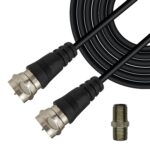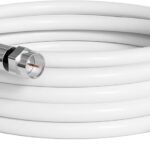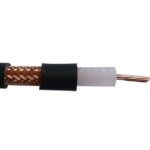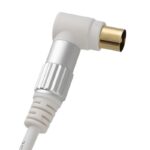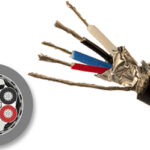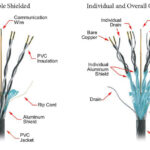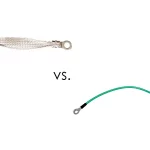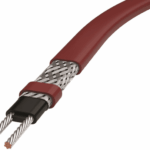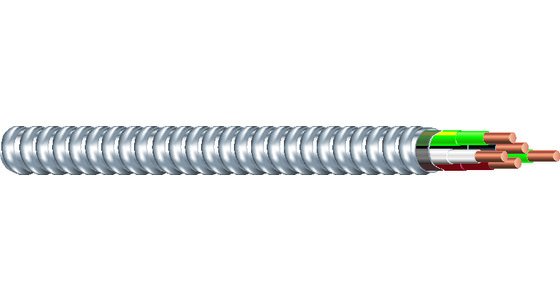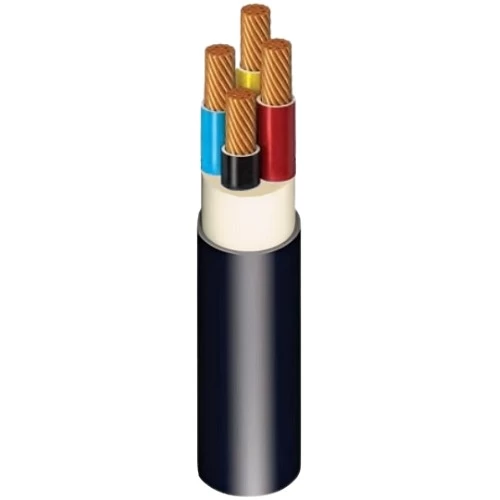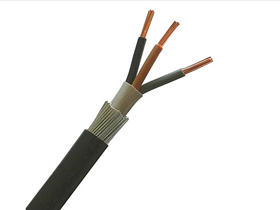Whether you're setting up a HAM radio station, building a base station, or connecting RF equipment, RG213 coaxial cable is one of the most reliable and widely used cables in the industry. But what makes it different from other coaxial cables? And how do you know if it’s the right choice for your application?
In this guide, we’ll break down everything you need to know about RG213 coaxial cable—its structure, features, comparisons, and best use cases.
🔍 What Is RG213 Coaxial Cable?
RG213 is a 50-ohm coaxial cable designed for low-loss RF signal transmission. It features a stranded copper conductor, solid polyethylene dielectric, double shielding (foil + braid), and a durable outer jacket.
This cable is widely used in:
-
HAM & Amateur Radio
-
Base station antennas
-
RF testing labs
-
Military communication
-
Long-run antenna installations
✅ RG213 offers a great balance between performance, durability, and price—making it a go-to choice for professional RF setups.
🧱 RG213 Cable Construction
Here’s a closer look at the typical construction of RG213:
| Layer | Material |
|---|---|
| Conductor | Stranded Bare Copper |
| Dielectric | Solid Polyethylene (PE) |
| Shielding | Aluminum Foil + Copper Braid |
| Jacket | PVC or PE (UV-resistant) |
Shielding coverage is usually 95% or more, providing excellent protection against EMI (electromagnetic interference).
📈 RG213 vs RG58: What’s the Difference?
A common question is: Should I use RG213 or RG58?
| Feature | RG213 | RG58 |
|---|---|---|
| Impedance | 50 Ohm | 50 Ohm |
| Outer Diameter | ~10.3 mm | ~5 mm |
| Attenuation (loss) | Lower | Higher |
| Power Handling | Higher | Lower |
| Flexibility | Moderate | More Flexible |
| Cost | Higher | Lower |
Use RG213 when signal quality, distance, and power are critical. RG58 is better suited for short runs or compact setups where flexibility is more important than performance.
🎯 When Should You Use RG213?
Choose RG213 when your project involves:
-
Long-distance RF transmission (antenna >10m from radio)
-
Outdoor or harsh environments (UV, moisture exposure)
-
High-frequency RF signals (HF, VHF, UHF)
-
Sensitive equipment that requires EMI shielding
📌 It’s particularly ideal for marine use, base stations, amateur radio contests, or field deployments.
🔧 Can RG213 Be Used Outdoors?
Yes! Especially when it comes with a PE jacket, RG213 is UV-resistant, weatherproof, and suitable for permanent outdoor installations. It’s commonly used in marine and military systems for this reason.
🌐 Where to Buy RG213 Coax Cable?
If you're looking for high-quality RG213 cable, check out TOT Wire & Cable's RG213 Product Page — we manufacture and export RG213 cables worldwide, offering:
-
Competitive factory pricing
-
OEM & custom print available
-
Fast delivery
-
Compliance with RoHS, ISO, and flame-retardant standards
🧩 Related Questions
🔸 What frequency is RG213 rated for?
While RG213 can technically carry signals up to 1 GHz, it performs best under 400 MHz for long runs. It is commonly used in HF, VHF, and UHF ranges.
🔸 Can RG213 be buried underground?
Yes, with a PE outer jacket, RG213 is rugged enough for direct burial in conduit or underground installations.
🔸 Is RG213 suitable for 4G/LTE antennas?
Yes, it can be used, but for very high frequencies (700 MHz–2.6 GHz), cables with lower loss per meter like LMR-400 may perform better.
📞 Still Not Sure? Contact Us!
TOT Wire & Cable has over 15 years of experience manufacturing and exporting coaxial cables including RG213, RG58, and custom RF solutions.
💬 Need a quote or sample? Reach out now to get specifications and shipping details for your country.

